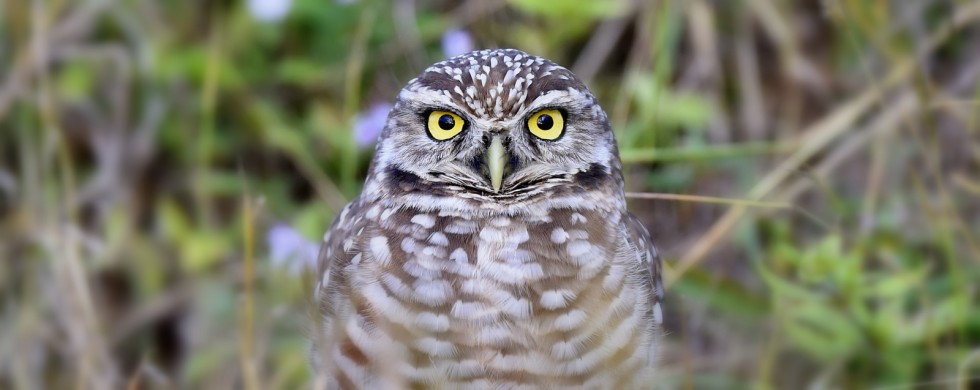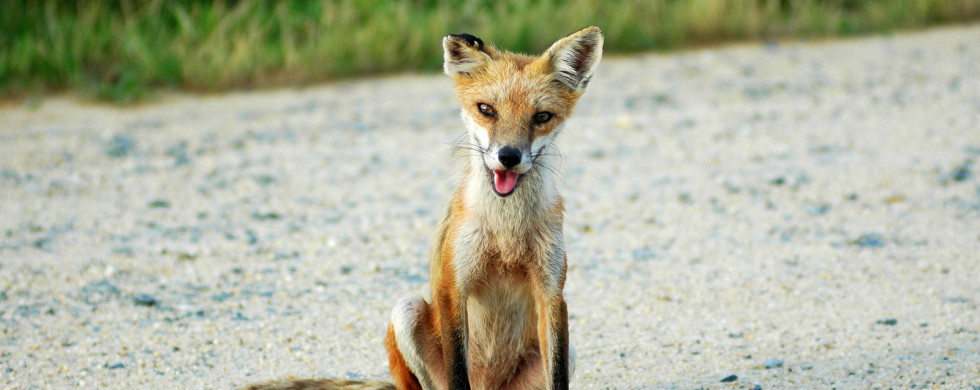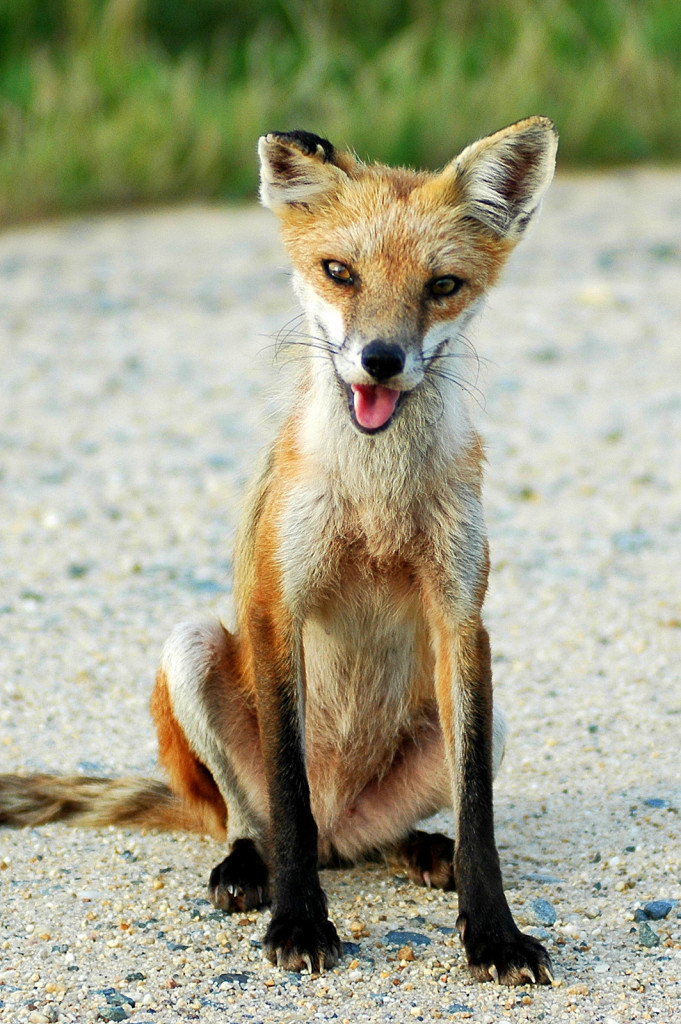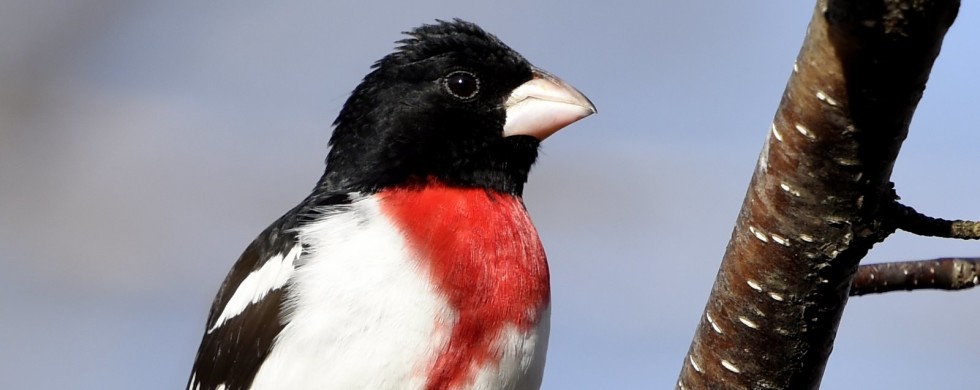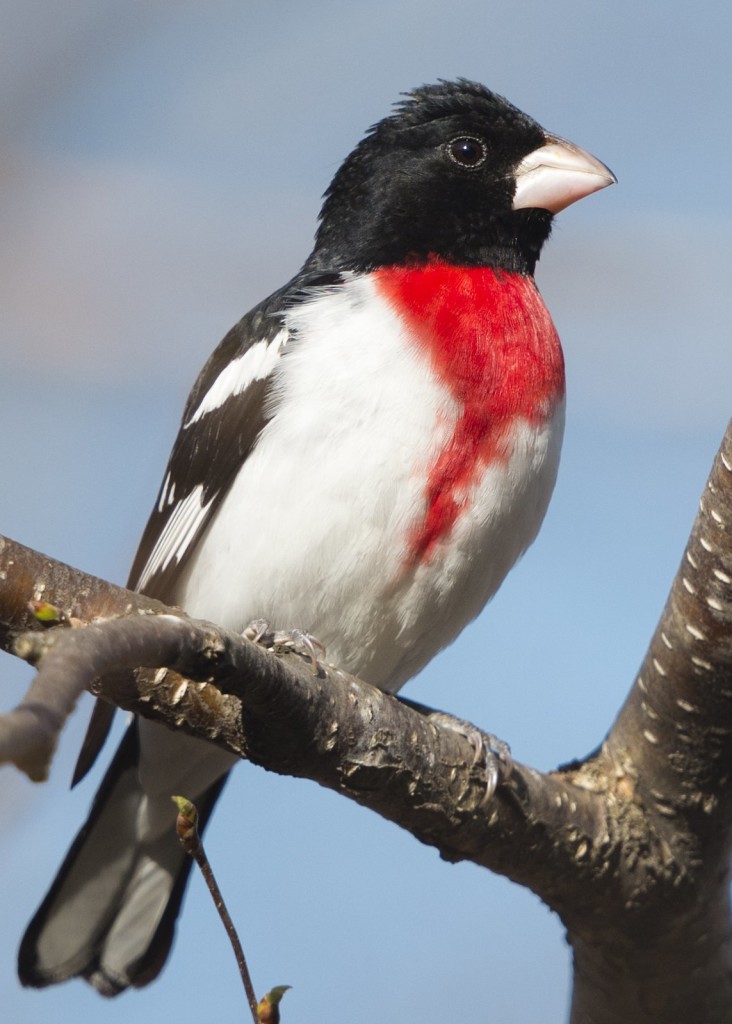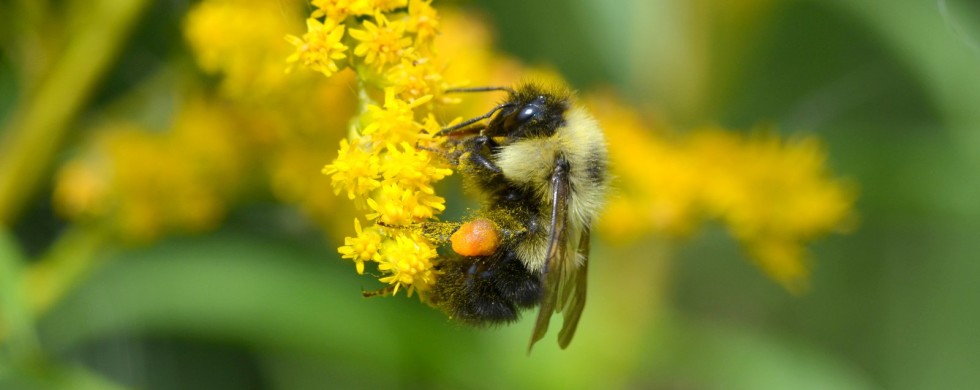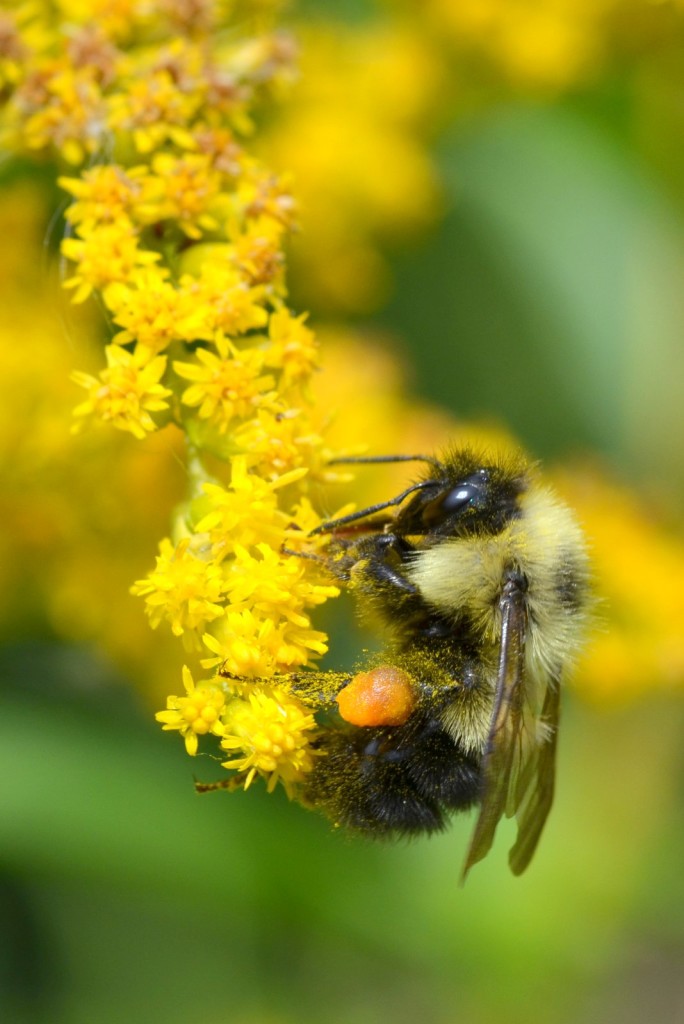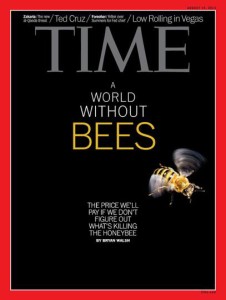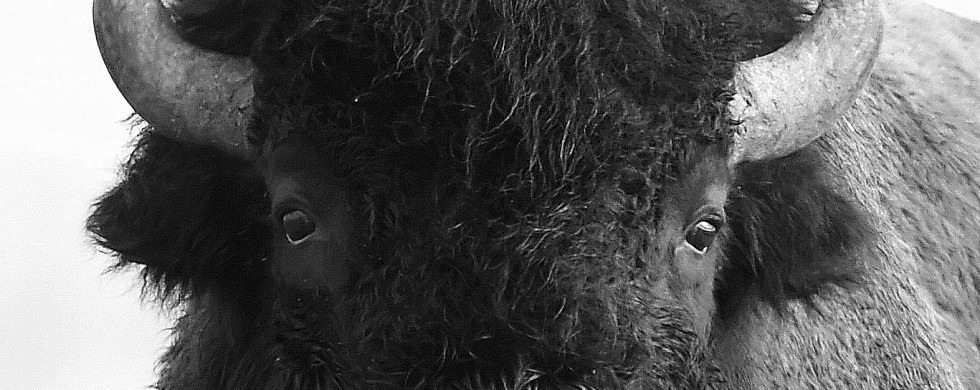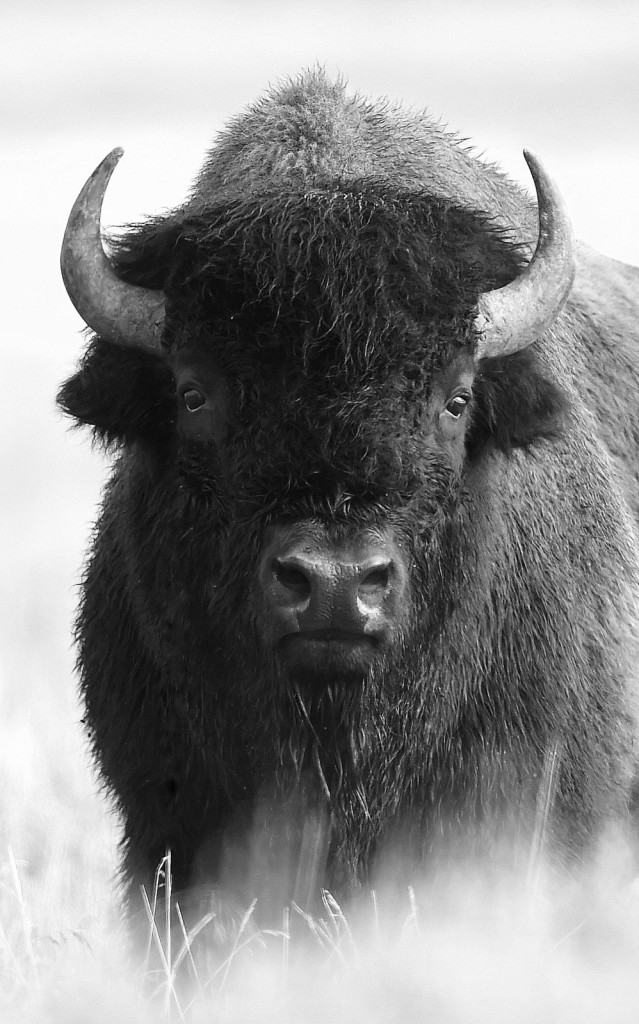31
Shot of the Month – December 2015
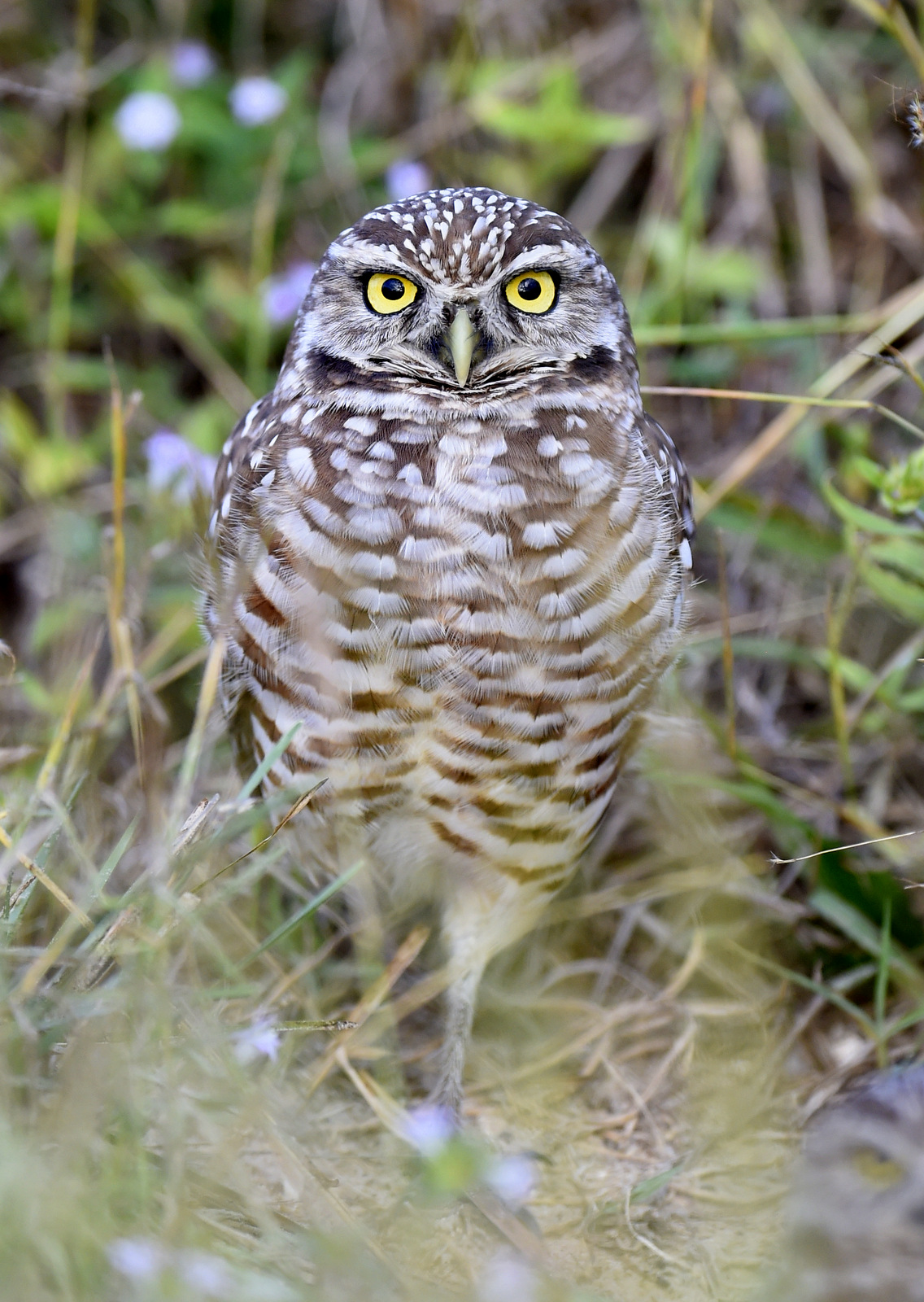 Ok, their official name is Burrowing Owl (BO) but my title better captures how most people react to this pint-size beauty. I posted this image on my Facebook Photopage and the reaction was off the charts even though the photo is really just so-so in my opinion. That damn grass in the foreground!
Ok, their official name is Burrowing Owl (BO) but my title better captures how most people react to this pint-size beauty. I posted this image on my Facebook Photopage and the reaction was off the charts even though the photo is really just so-so in my opinion. That damn grass in the foreground!
Here we have a static bird staring at the lens in “just ok” light — but here is an example where excessive cuteness (owfully cute?) wins out over composition. And those EYES…I could get lost in there for days…..swoon…
While most birds spend most of their time in the trees, these owls, as you may have gleaned from their name, actually spend the majority of their time on the ground and live underground in, yep you guessed it, burrows.
In the US, Florida is the only east coast location to see a Burrowing Owl. Otherwise, head west or south, and depending on the time of year, you can find them in Canada down through Mexico into Central America. Some species can also be found on various Caribbean Islands and others in parts of South America.
Historically BO’s prefer open prairies and cleared areas with short grass. In modern times they can be also found in pastures, farm fields, golf courses, airports, and vacant lots in residential areas. I actually photographed this fella in an empty lot in the suburbs of Cape Coral, Florida.
Florida BOs usually dig their own burrows, but those in the western part of the US typically use old burrows left by prairie dogs, ground squirrels, kangaroo rats, armadillos, or other animals. Burrows excavated by the owls may be up to 6-10′ long, with a nest chamber at the end.
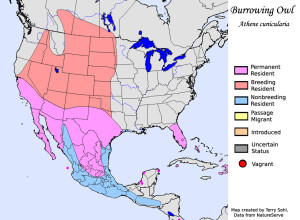
Burrowing Owl Range (Source)
Burrowing Owls are some of the smallest owls in North America. These guys stand about 7-11 inches tall and weigh about 4-8 ounces. To give you a sense of scale, the BO is slightly larger than an American Robin!
Despite their small size these guys seem to have a Big sense of humor — did you notice the bird in the lower right corner of the picture?
Boom! Photobombed, baby!
Until next month….michael
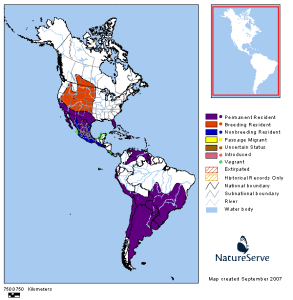
Extended Range of Burrowing Owl (Source)
Nikon D4S, 600mm, f/4, 1/1000 sec, 1400 ISO, +1 EV

